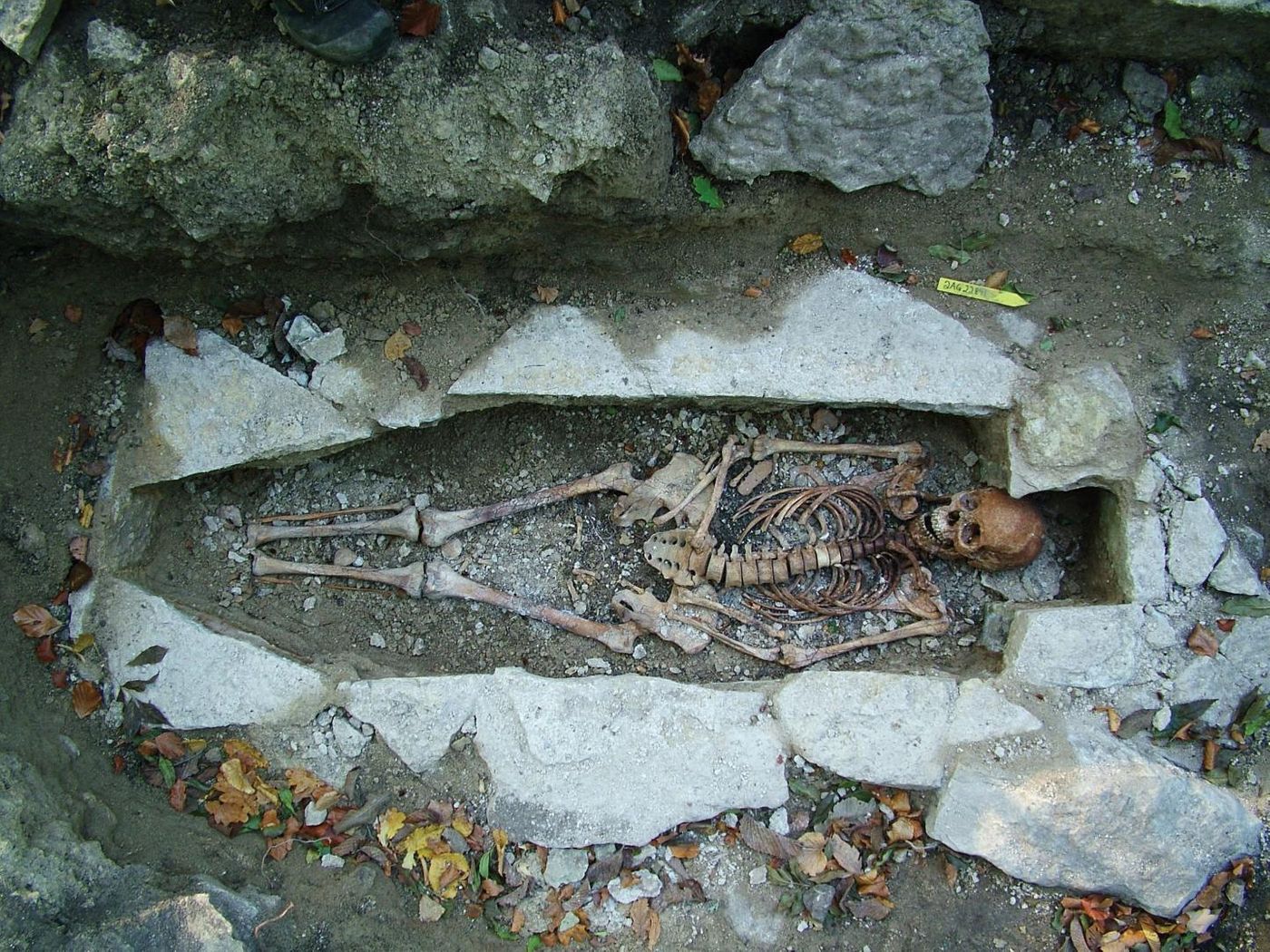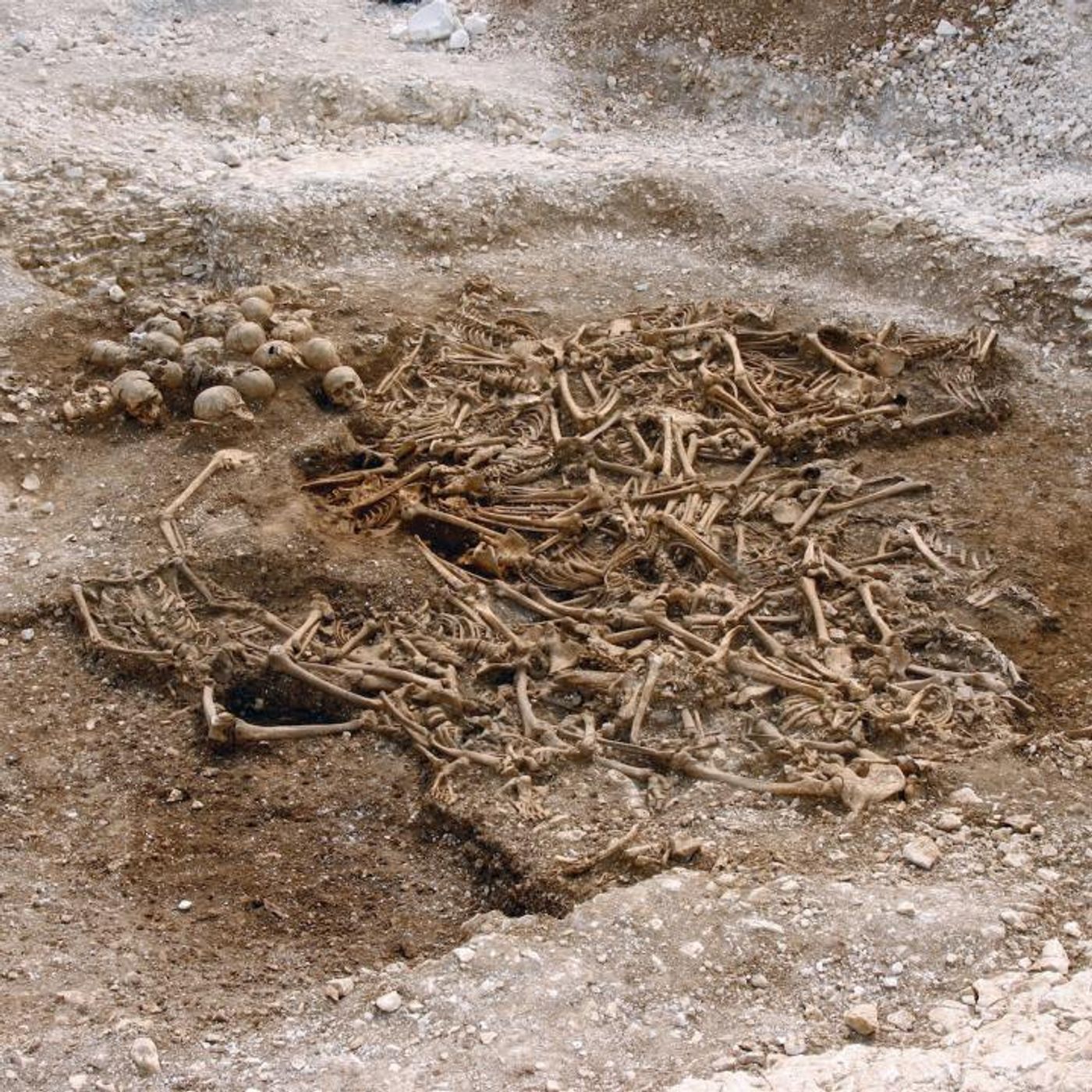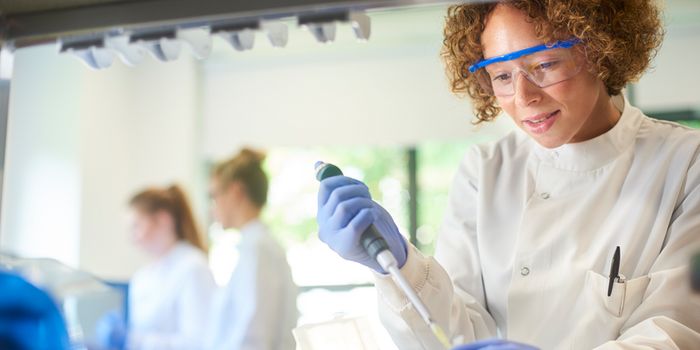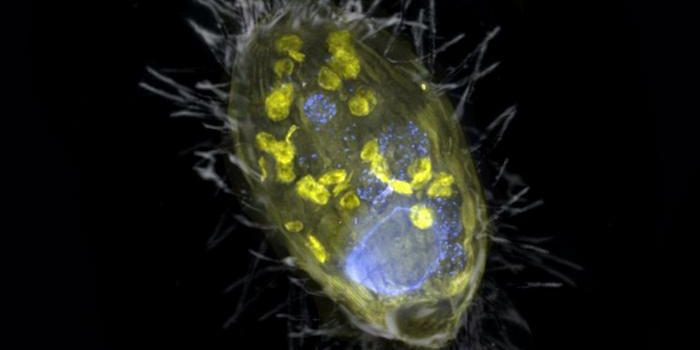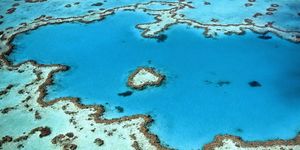Not All Vikings Were Scandinavian, New Genetic Research Shows
Genetic research has changed what we thought was true of Vikings. These fierce pirates and seafaring invaders left archeological sites throughout Europe and Greenland, and more than 400 Viking skeletons were analyzed in this study. The work, which was conducted over six years and reported in Nature, showed that Vikings did more mingling with locals and had a morediverse background than we knew.
In Scotland, for example, skeletons at Viking burial sites were those of local people that might have taken on a Viking identity and been buried as such. The research showed that many Vikings had brown hair, and were not exclusively blond as often assumed. Vikings were also not only Scandinavian; their genetic history carries pre-Viking Age influence from Asian and Southern European genes. As many as six percent of people in the UK and ten percent in Sweden may still carry Viking DNA.
"We have this image of well-connected Vikings mixing with each other, trading and going on raiding parties to fight Kings across Europe because this is what we see on television and read in books - but genetically we have shown for the first time that it wasn't that kind of world," explained the study leader Professor Eske Willerslev, a Fellow of St John's College, University of Cambridge, and director of The Lundbeck Foundation GeoGenetics Centre, University of Copenhagen. "This study changes the perception of who a Viking actually was - no one could have predicted these significant gene flows into Scandinavia from Southern Europe and Asia happened before and during the Viking Age."
The Viking Age encompasses the time from around A.D. 800 to the 1050s. Viking expeditions took them along the coasts of Europe for raiding, but also for peaceful trading. It's thought that Leif Eriksson is the first European to arrive in North America. Scandinavia was named after the Viking Age ended, but by a modern map, the Vikings moved from what is now Denmark to England, and from Norway to Ireland, Scotland, Iceland, and Greenland. All-male raiding parties also went from Sweden to the Baltics.
"We didn't know genetically what they actually looked like until now. We found genetic differences between different Viking populations within Scandinavia which shows Viking groups in the region were far more isolated than previously believed," Willerslev added. "Our research even debunks the modern image of Vikings with blonde hair as many had brown hair and were influenced by genetic influx from the outside of Scandinavia."
"Scandinavian diasporas established trade and settlement stretching from the American continent to the Asian steppe. They exported ideas, technologies, language, beliefs and practices and developed new socio-political structures. Importantly our results show that 'Viking' identity was not limited to people with Scandinavian genetic ancestry. Two Orkney skeletons who were buried with Viking swords in Viking style graves are genetically similar to present-day Irish and Scottish people and could be the earliest Pictish genomes ever studied," added study author Professor Søren Sindbæk, an archaeologist from Moesgaard Museum in Denmark.
"The results change the perception of who a Viking actually was. The history books will need to be updated," concluded Willeslev.
Learn more about population genetics and the movement of some Vikings from the video above.
Sources: AAAS/Eurekalert! via St. John's College, University of Cambridge; Nature
